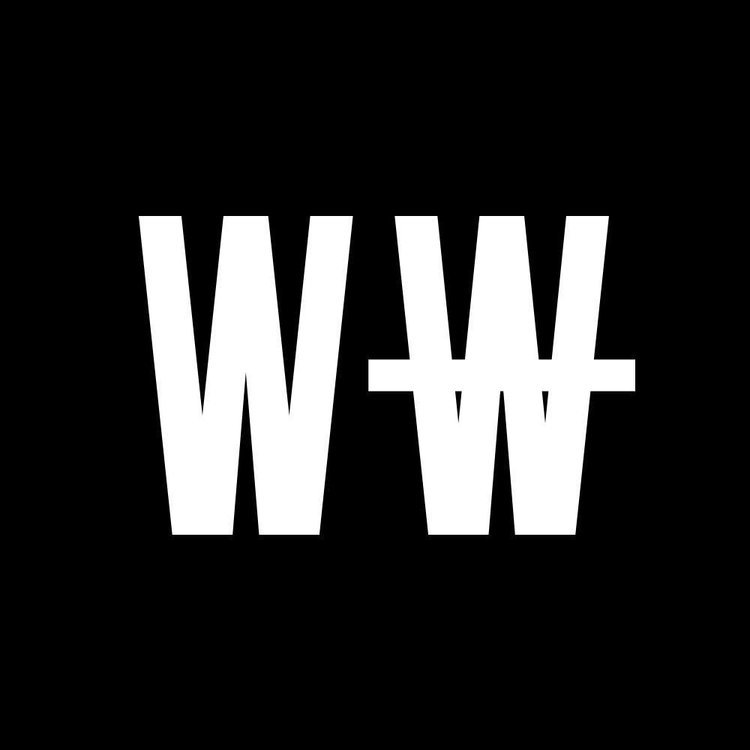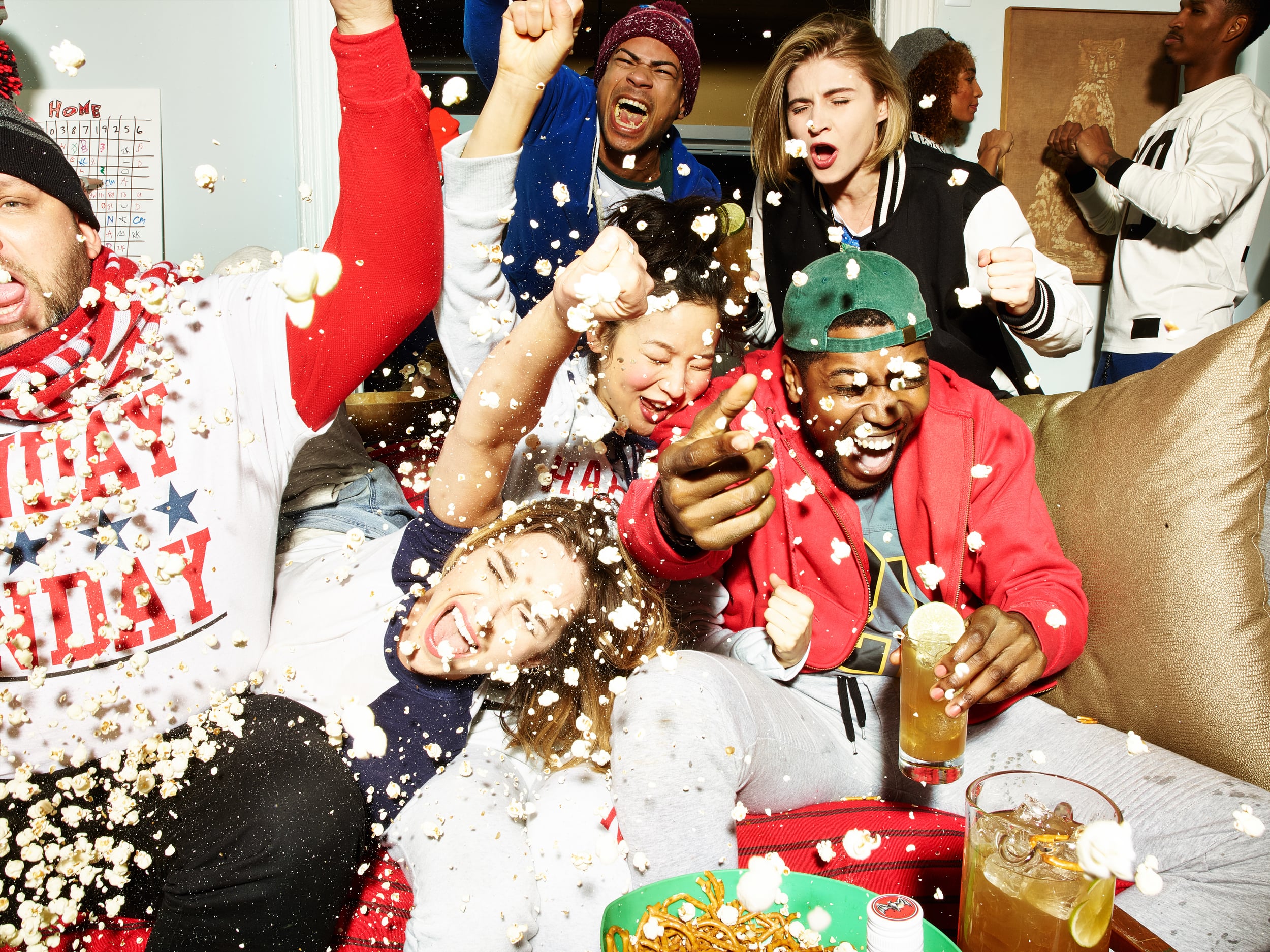A LOVE LETTER TO FREELANCING
While many WNW Members approach their freelancing lifestyles with a love that's pure and true, #7569 Claudio Gugliere has gone a step further and actually written a love letter to freelancing. And he's not afraid of PDA, seeing as it was the landing page on his portfolio site for an entire month. Freelancing can be a terrifying and soul-searching adventure, which Claudio outlines below. But he also shares some great advice for those of you who took the leap, or are ready to: "Understand that now you represent a full company by yourself. Make sure you do for yourself all those things you expected your old job to do for you."
Tell us a little bit about your creative background.
I'm a Designer trained in Advertising and Fine Arts specialized in designing products and driving design teams with flawless execution. I've been responsible for directing and executing interactive experiences for clients like Lonely Planet, Adobe, Mixpanel, Google, Kayak, EA, CNN, Nickelodeon, Microsoft, History Channel and Motorola to name a few.
What inspired you to declare your love to freelancing?
Freelancing is not for everybody but if you like it you'll probably love it. This letter was a long overdue essay about the pros and cons of freelancing. While exciting, it is important to remember it can be terrifying as well.
Best advice about freelancing you've received? Best advice you can give?
The best advice I can give is: Understand that now you represent a full company by yourself. Make sure you do for yourself all those things you expected your old job to do for you. That includes getting time off, investing time in learning new skills, taking time to meet new clients, networking and having a good life-work balance. Learn quickly from your mistakes and don't repeat them.
A Love Letter
After a lot of thinking last year I decided to go freelance. As part of an agency I had developed my own vision about how an agency should work, what the internal culture and responsibilities towards clients should be and I found myself more and more invested in my side projects. I've always considered side projects a creative escape so the more they took over my life the more I realized I wasn't satisfied with my day to day workflow and how I was taught to approach problems. It was time to try something new.
After talking to some freelancers I decided to make the move. Freelancing seemed like a natural step so I started at it by changing all that I never felt comfortable with while working at an agency. I became a producer, a manager, a designer (yay!), and a consultant. I became the person that sends a recap email after each meeting and the person that chases payments a month after issuing an invoice. I felt scared and excited, but mostly alive.
Pros and cons of freelancing
After 9 months in the world of freelance there are some things I feel I can share, some of them were immediate results from freelancing while others I came to realize over time. I hope this helps you decide if you ever find yourself in the same situation.
Let's compare both the good and the bad stuff:
While freelancing has been a great experience for me it might not be for everybody. It's a trade off, and while it can lead to a more lucrative salary (or sometimes not!) you might be losing out on a great experience and professional development at a company or agency, which is especially important at the early stages of your career when you are building a portfolio of your own. I have definitely missed that bit.
As for me 2015 has been a blast and 2016 is looking even more exciting. Things are changing (they always are) and great opportunities surface all the time. One of my goals for this year is to keep my site more up to date. More posts coming soon ;)
Yours truly,
Claudio






































